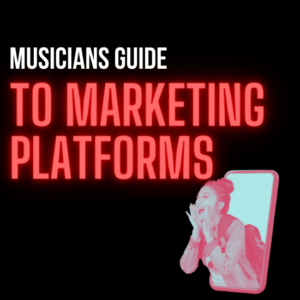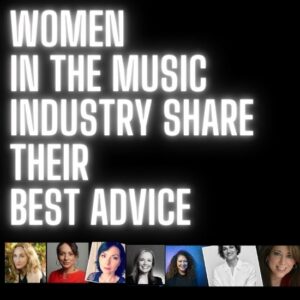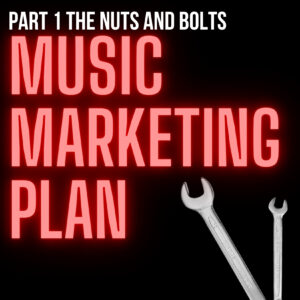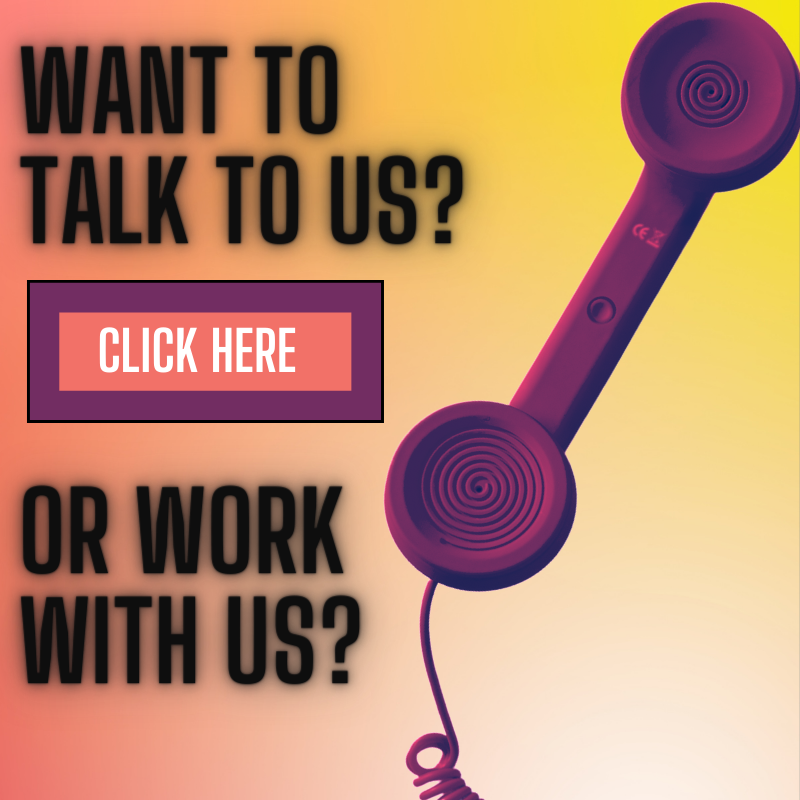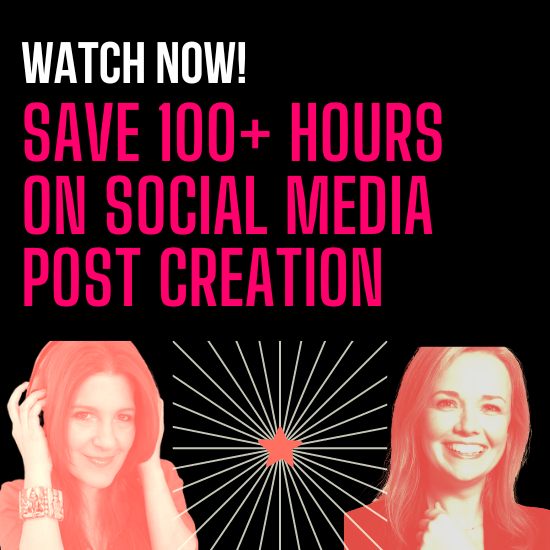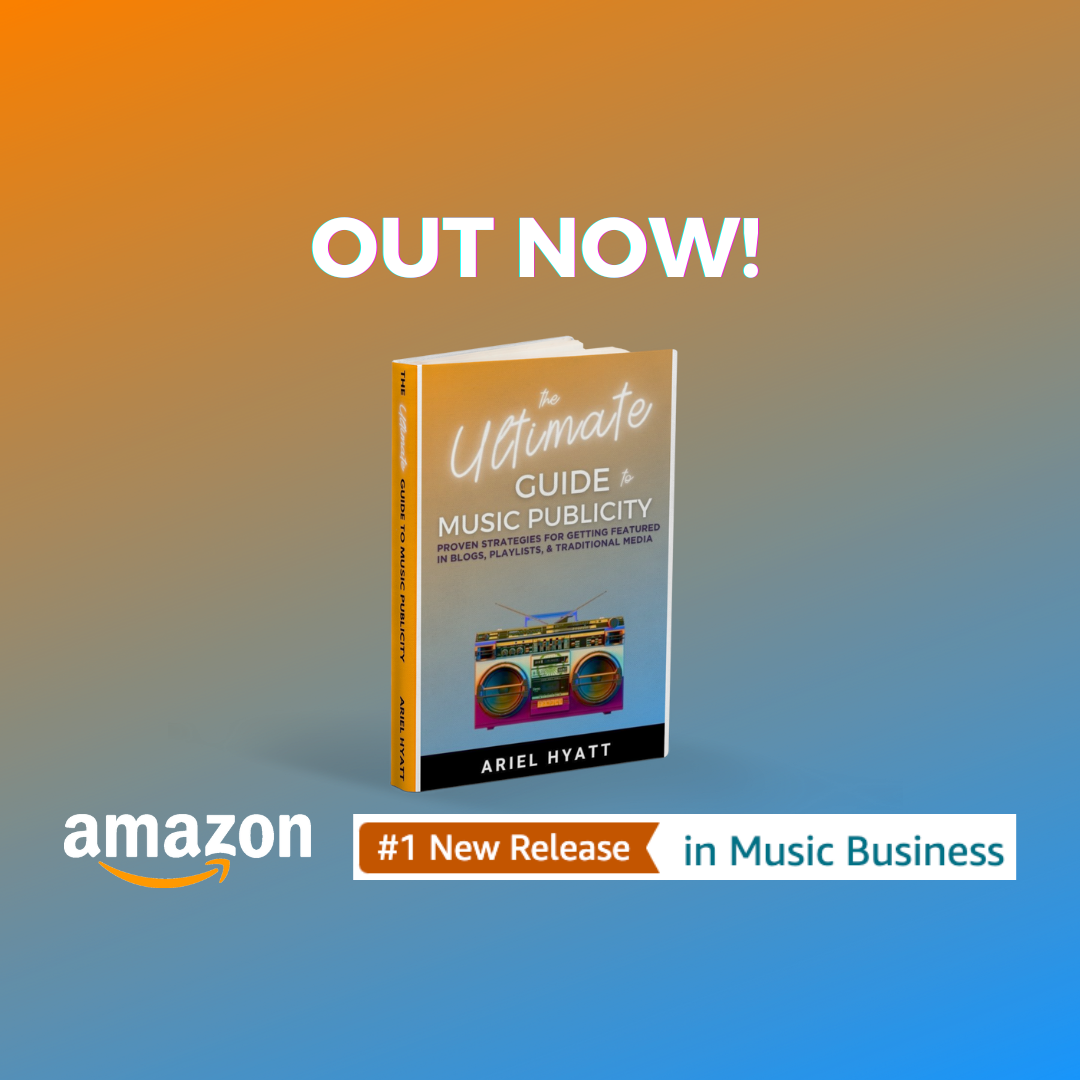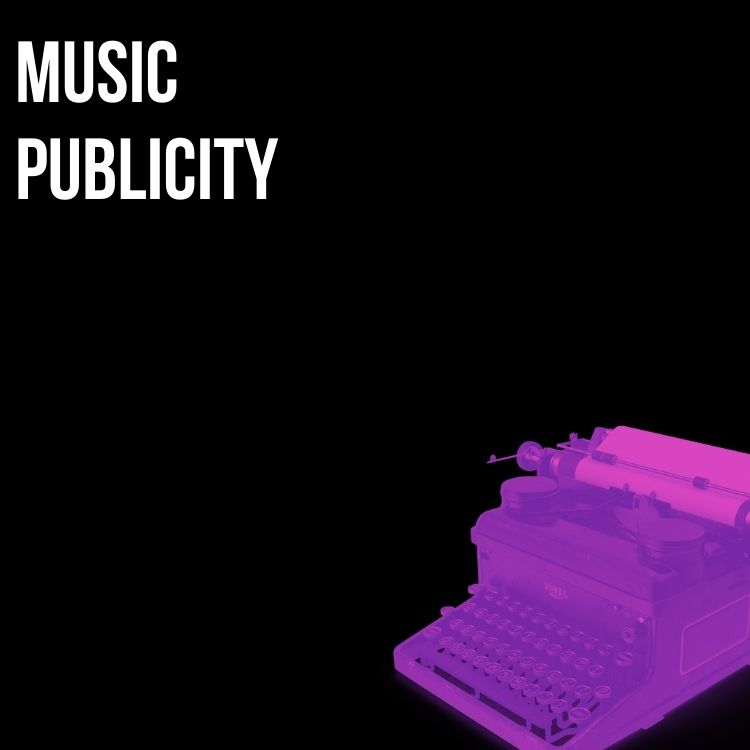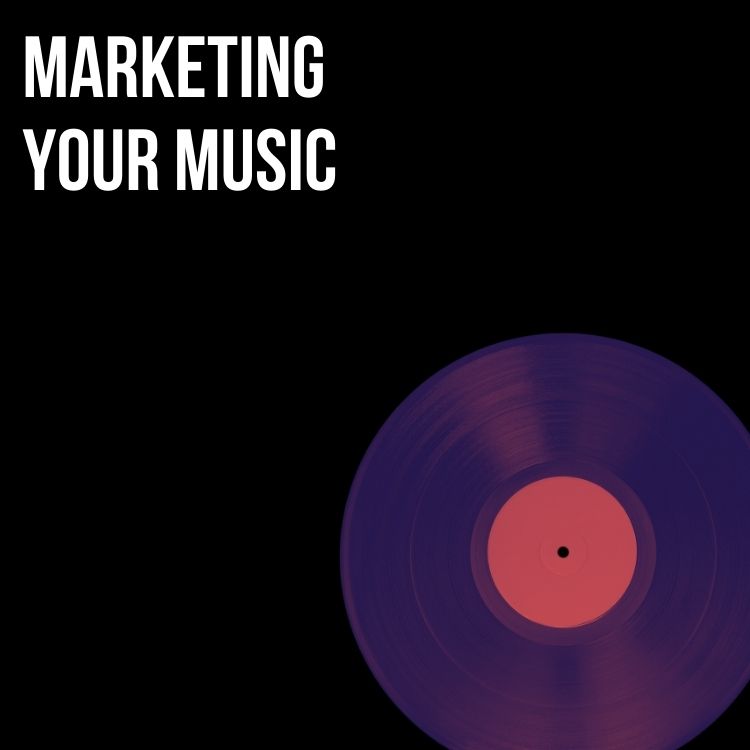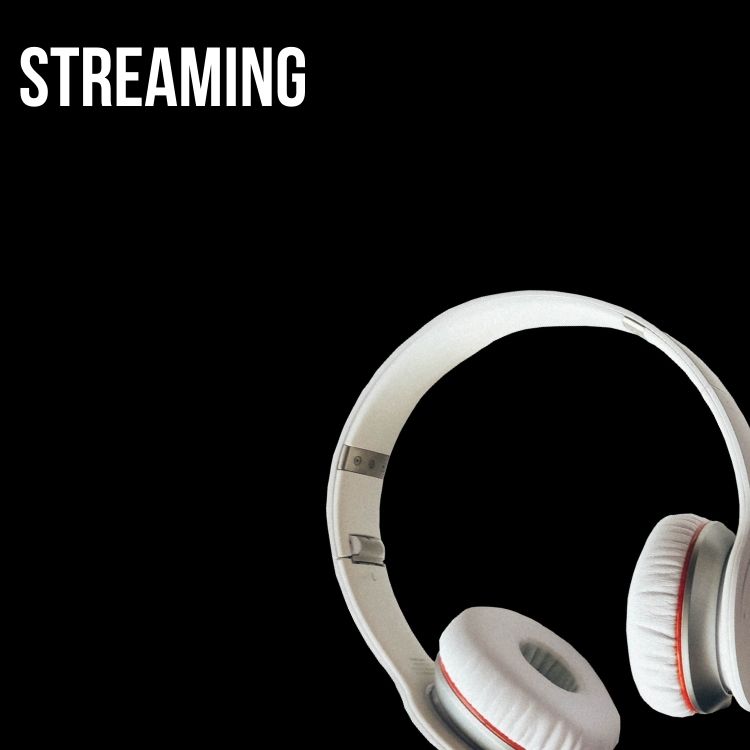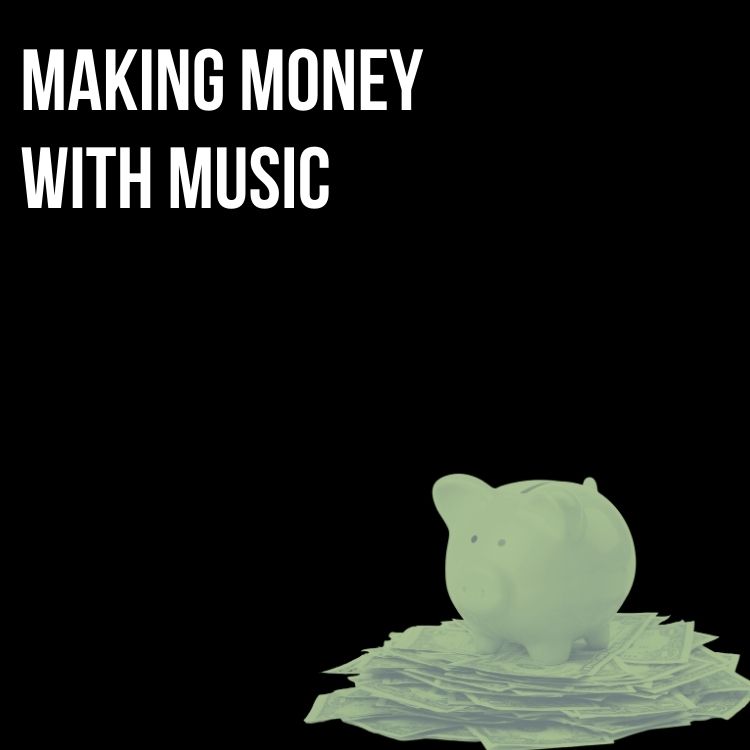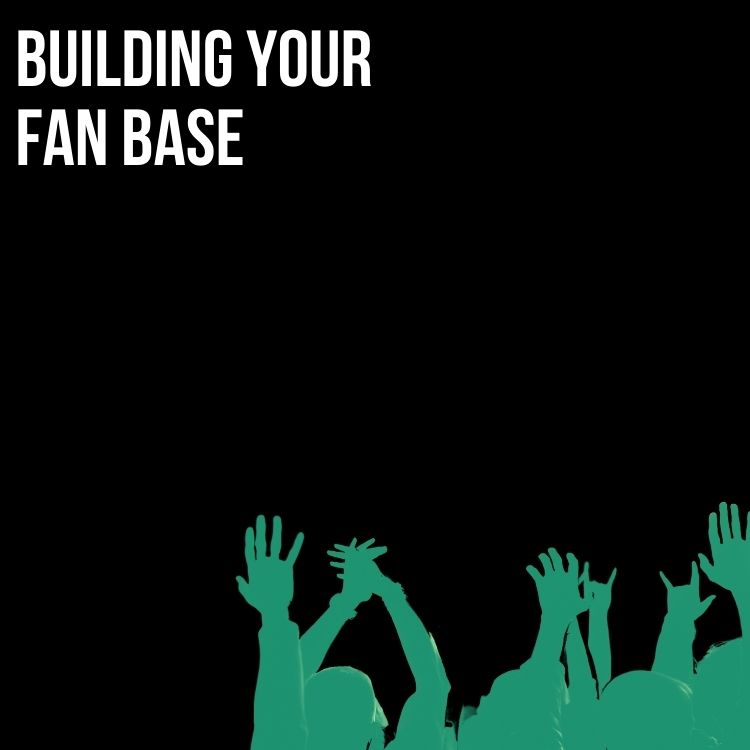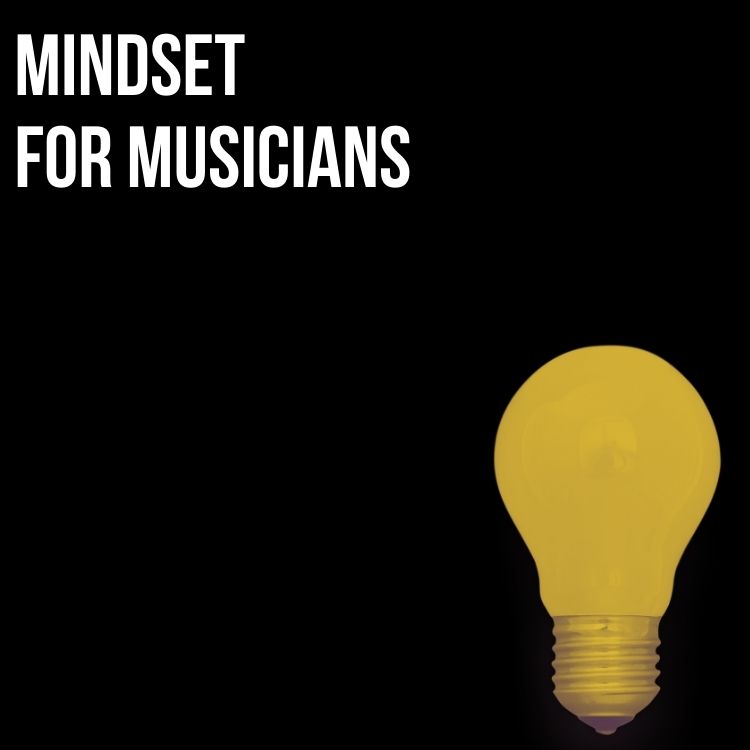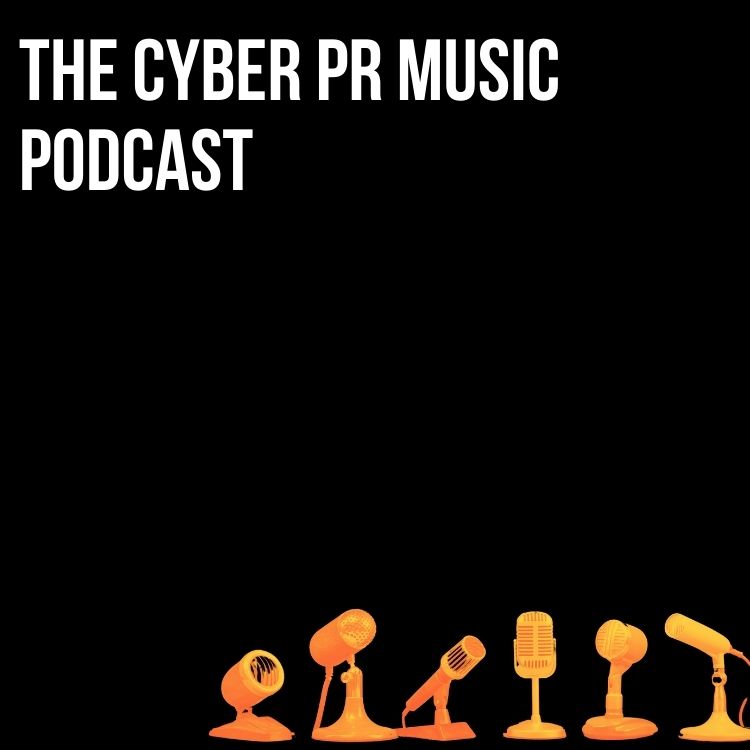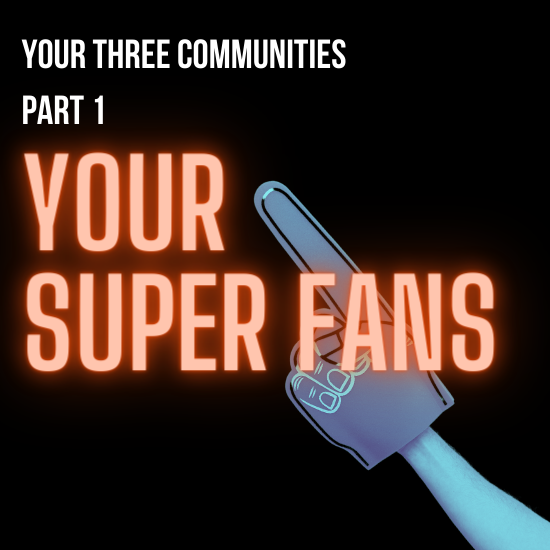
Every Artist Has Three Communities – they are separate from one another.
The challenge most artists face isn’t just reaching fans—it’s understanding that not all fans are the same. Yet, many artists make the mistake of using a one-size-fits-all approach when marketing and promoting their music, treating every follower, listener, and supporter as if they have the same level of investment.
The online space has made fan connection easier and more complicated at the same time. While we have unlimited access to billions of people, so does everyone else, making it harder than ever to stand out. In the rush to reach as many people as possible, many artists overlook a crucial reality: not everyone engaging with you is equally invested in your journey.
Some may have followed you because they liked your sunglasses or your cat, utterly unaware that you even make music. Others eagerly await to interact with every post and show up at every live gig.
Understanding these differences—and crafting distinct communication strategies for each group—is the key to building lasting, meaningful relationships with your fans. It’s not just about growing your audience; it’s about nurturing the right connections with the right people in the right way.

Your 3 Communities Are:
Community #1: Your Super Fans
These are fans to whom you are most deeply bonded. Super fans are defined as engaging with an artist in five or more ways, according to research by Luminate. According to their 2023 Mid-Year Music Report, super fans are quantified as fans interacting with an artist across multiple touchpoints—including streaming, attending shows, purchasing merch, engaging on social media, or subscribing to platforms like Patreon. This aligns with their finding that super fans spend significantly more on music (up to 80% more monthly) than the average music listener.
This is why gathering them up where you can see them and communicate with them is essential – they are your lifeblood.
Community #2: Engaged Fans
Your Engaged Fans bridge your Ambient Fans and your Super Fans. They like your posts, comment occasionally, open your emails, and maybe even attend a live stream. While they may not yet be buying merch or coming to every show, they’re paying attention. This group has immense potential because they’re already tuned in; they need a little extra nudge to move deeper into your world.
The key to nurturing Engaged Fans is consistency and value. Respond to their comments, invite them into conversations, and create moments where they feel seen and appreciated. These fans are primed for deeper engagement—whether that’s signing up for exclusive content, joining a private fan group, or making their first purchase. The more you give them reasons to stay connected, the more likely they are to step into your inner circle of Super Fans.
Engaged Fans are also the ones most likely to share your music with others—so making them feel valued isn’t just about deepening their connection, it’s about expanding your reach organically. A little extra effort here can go a long way.
Community #3: Ambient Fans
These fans are your Passive Online Audience, and they are your social media friends who are aware of you but don’t actively communicate with you and may not have ever even heard your music (yet).
Maintaining your relationship with these communities requires a different strategy because you have varying degrees of engagement with each of them.
How you create and develop your relationship with them should also be carefully considered. Yes, they will overlap, but not as much as you may think.
Community #1 – Your Super Fans
Your Most Engaged Social Followers
These are the ones who are the fastest to like and comment when you post something new. This group probably includes your mom and your bestie, and that’s a great start. When people you know in passing or don’t know begin to comment, make sure you respond in kind. This means checking in on them and nurturing these types of engagements. This is how you create Super Fans.
Your Crowdfunding Backers Who Pledge Over $25
If you have ever run a crowdfunding, Pre-sale, or Patreon campaign, you know precisely who these super fans are. Better yet, you know their names, email addresses, and how much money and support they will give you. This is one of the main reasons I advocate for crowdfunding and I think every artist should execute a crowdfunding campaign. I have written a book called CROWDSTART, which is all about how to succeed with crowdfunding. You can download chapter one right here.
Your Live Audience
The fans who frequent your live shows and your friends who genuinely support you (in attendance and wallet) also fall into this group. They’re at every show, singing your songs, sharing with friends, buying merch. They’ll go to every show you have, even if they’ve already been to four that month.
Before social media was around, this was the only community indie artists had. You didn’t need to grab them online within the first 3.5 seconds because they most likely stuck around for at least 2-3 songs. You didn’t have to worry about a signature story or a pitch to describe what you sounded like – the only reason you were up on stage was for them to see.
While things are different now (looking at you social media), playing live is still one of the quickest and most powerful ways to capture fans and to build your mailing list.
This is still a great way to build an engaged community of fans.
How to Engage Community #1 Super Fans
Don’t Suck.
While this advice might seem overly simplified, it’s what we hear the most when talking to the experts. Being excellent at what you do is the baseline for success in this industry. It’s the foundation of everything that comes after, so always hone your craft.
Have a Long-Term Social Media Strategy
This means – be prepared in advance. It’s not a good idea to wing it the day of a release or disappear from your social media. Planning a release now is also about planning your social media posts and batching content around each single is key.
We manage full Social Media campaigns for our clients and use this handy organizer to keep all the content, tribe, VIPS, and platforms organized and clean.
Be Remarkable
When you do this, you will be, as Seth Godin says, “remarkable,” and the word will spread naturally.
“Remarkable doesn’t mean remarkable to you. It means remarkable to me. Am I going to make a remark about it? If not, then you’re average, and average is for losers.” – Seth Godin
Expanding on this means being so brilliant that people can’t help but talk about you. To their friends, to each other, to anyone who will listen. It’s kind of like when you discover your new favorite band or song or restaurant and won’t shut up about it. Be that.
Factors to consider:
| Connection to the audience | Solid songwriting |
| A fantastic live show | Great music |
| The audience experience | Word of mouth |
If your live audience is not building consistently, one of these elements may be missing and your live show may need work. Without having fans to spread the word for you, your audience will not build, and you should go back to the drawing board to work on your songs and improve your show, as it all starts there.
Create a Riveting Live Show
The most extraordinary live music coach I’ve ever witnessed is Tom Jackson. He runs a company called On Stage Success and works on developing live shows using practical techniques to create both a cohesive show and a connection with your live audience.
Tom rightly points out that your songs don’t all sound the same, but in most cases, when you perform, they all look the same when played live. Tom’s DVDs, blogs, and workshops will help you improve your band dynamics and stage presence. I have seen him work miracles with bands. He completely transforms hum-drum shows into riveting stage performances in just a few hours.
Tom is unlike any coach, and his teaching needs to be seen and fully understood.
No matter what, remember this: the bands you know and love today almost certainly got there in part due to playing out non-stop and putting on an unforgettable show. You can choose how to connect with your audience once you’re up there, so long as you’re doing exactly that.
And after the show – stand at your merch table and talk to fans face to face – these IRL interactions are crucial for maintaining bonds.
Capture Your Super Fan’s Data:
Once the live audience is at your gig, ask them for their e-mail addresses for your email or their mobile numbers for your text messaging list, and keep in touch. Having an already set up nurture series is a great way to kick things off with them right away.
You want to capture them when they’re most interested in you, not let them forget about you for months.
Create a QR Code so they can quickly sign up – and offer an extraordinary free incentive for them to do so!
Take the time to connect with them after the show!
If you haven’t made a concerted effort to connect the dots between your live audience and your email list you are sacrificing a direct line to money.
So, sign up for a newsletter management system to help get you on the way.
Dedicated Fan Spaces: Where Super Fans Thrive
Your most loyal fans—your Super Fans—deserve a place where they can connect with you and each other on a deeper level. Think of this as your Inner Circle, a space where true community can flourish. This isn’t just another social media page—it’s a dedicated, artist-driven environment that offers exclusivity, meaningful engagement, and a sense of belonging. Whether it’s a private Discord server, a Patreon community, a WhatsApp group, or an Instagram Close Friends list, these fan sanctuaries create a direct line between you and those who care most about your music.
Why These Spaces Matter
Unlike the fleeting nature of social media, where algorithms dictate reach, these dedicated fan spaces allow you to own your connection with your most engaged listeners. Here, you can offer exclusive content, host intimate live sessions, and make superfans feel valued—without fighting for visibility. This is where you build something lasting.
Ways to Keep Super Fans Engaged:
- Exclusive Content & Early Access – Share behind-the-scenes footage, unreleased tracks, personal updates, and early announcements before they hit the public.
- Fan-Only Livestreams & Hangouts – Host Q&As, acoustic performances, or casual check-ins to strengthen the bond.
- Interactive Polls & Community Input – Let fans help shape your journey by voting on setlists, merch designs, or upcoming releases.
- User-Generated Content & Fan Spotlights – Encourage and celebrate fan creativity, whether it’s cover videos, artwork, or curated playlists.
- Challenges & Giveaways – Engage superfans with fun contests, exclusive merch drops, or one-on-one virtual meet-and-greets.
Building and maintaining these fan sanctuaries isn’t just about selling—it’s about fostering real relationships that turn casual listeners into lifelong supporters. Super Fans are your most valuable audience—treat them like VIPs, and they’ll become the foundation of your career’s longevity.
Want more? Here is Part Two of Your Three Communities: Engaged Fans!
Download our FREE Musician’s Communications Map.

Subscribe for more!
Back to The Blog

